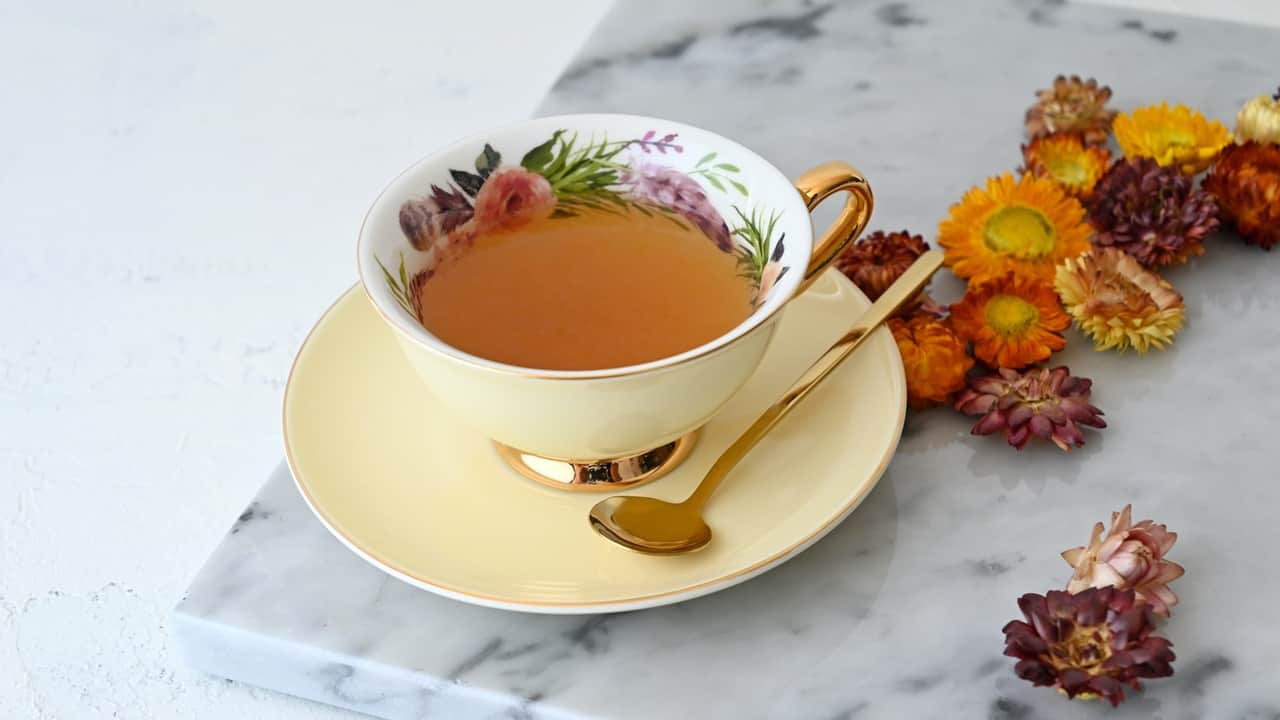Understanding the terminology used in the world of tea can greatly enhance your appreciation for this beloved beverage. One such term you may come across is “dry.” In tea terms, dry refers to the sensation and texture experienced when consuming certain teas. Let’s delve deeper into what exactly dry means in the context of tea.
The Definition of Dry in Tea Terms
In tea tasting, dry refers to the mouthfeel or texture of tea rather than indicating the absence of moisture. It encompasses the sensation of dryness experienced on the tongue and palate after taking a sip of tea. This characteristic is a result of various factors such as the tea’s processing, oxidation level, and the presence of certain compounds.
Factors Influencing the Dryness of Tea
When considering dryness in tea, several contributing factors come into play. Let’s explore these factors one by one:
1. Oxidation Level:
Highly oxidized teas like black teas and oolong teas tend to exhibit a more pronounced dryness due to the oxidation process breaking down certain compounds.
2. Tannins:
Tannins are natural compounds found in tea leaves that contribute to the dry, astringent sensation. The higher the tannin content, the greater the perceived dryness.
3. Brewing Parameters:
The way tea is brewed can also impact its dryness. Longer steeping times, higher temperatures, or using excessive amounts of tea leaves can intensify the dry sensation.
4. Tea Origin and Cultivar:
Different tea varieties and cultivars possess unique characteristics, which can influence the dryness of the final cup. Certain regions are known for producing teas with more prominent dry notes.
5. Processing Techniques:
Tea processing methods, such as withering, rolling, and firing, can affect the dryness of the tea. Some techniques may intensify the dry sensation, while others may reduce it.
Assessing Dryness in Tea: A Simple Guide
To help you identify and assess the dryness in tea, here’s a quick guide:
| Dryness Level | Description |
|---|---|
| Low | Minimal dryness, leaving a relatively smooth and moist sensation on the palate. |
| Moderate | Perceptible dryness without overpowering the taste, providing a balanced mouthfeel. |
| High | Strong dryness that lingers on the tongue and palate, potentially overshadowing other flavors. |
Exploring Different Dryness Levels in Tea Varieties
- Green Tea. Green teas generally exhibit a low to moderate level of dryness, allowing the natural freshness and vegetal flavors to shine.
- Black Tea. Black teas often display a moderate to high level of dryness due to their extensive oxidation and stronger tannin presence.
- Oolong Tea. Oolong teas can vary in dryness depending on the level of oxidation and roasting. Lighter oolongs tend to be less dry, while heavily roasted ones may have a drier profile.
- White Tea. White teas typically feature a low level of dryness that enhances their delicate, subtle flavors.
- Herbal Infusions. Herbal infusions, being caffeine-free and derived from various botanicals, often have minimal dryness, ensuring a smooth and pleasant drinking experience.
Embracing the nuances of dryness in tea can help you appreciate the diverse range of flavors and mouthfeels that the world of tea has to offer. So, the next time you sip on your favorite cup, pay close attention to the dryness sensation and let it further enrich your tea-drinking journey.

